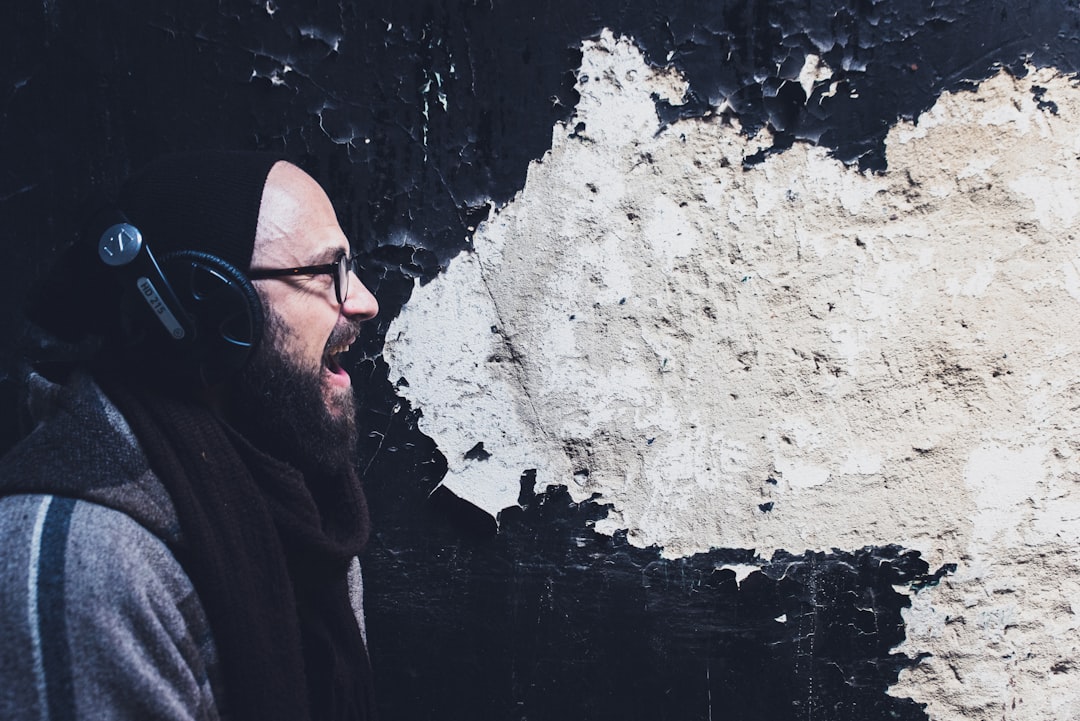What is it about?
Participants in virtual collaborative knowledge creation environments, like question and answer (Q&A) discussions, create links between posts to form pathways of related content for other participants to follow. These links form a network of content within the discussion that represents a latent structure of the collective knowledge. The paper explores the characteristics of these networks. It also highlights shared linking as another level of interactivity within the virtual collaborative environment that contributes to the organization of the collective knowledge.
Featured Image

Photo by Omar Flores on Unsplash
Why is it important?
Virtual collaborative environments produce an immense amount of knowledge. Much of this knowledge is a product of interaction between people and content, that extends their aggregate individual knowledge and lies in the collective output rather than in individual contributions. Shared linking is a common practice that has not received much attention for its role in shaping this collective knowledge. Inspired by work on the organizing structures of the individual semantic lexicon as a network of associations, this paper examines the network qualities of the linked knowledge. Drawing from the individual cognitive system to collaborative multi-participant environments can lead to novel insights into how large groups of people produce, organize, navigate, and mold collective knowledge.
Perspectives
This paper reflects my academic journey that begun in the field of cognitive sciences, continued through social psychology and social cognition, and then transitioned into information and knowledge studies. It examines the product of collective work formed through the sharing of individual insights into the relationships between units of content, and how these micro-level individual actions within a collaborative environment impact the macro-level structure of the collective knowledge space. Using network science tools to explore these questions offered an opportunity to observe the interplay between the different levels, and discover latent structures. What fascinated me about this research was the focus on the pathways formed by the links, rather than on the content itself, as another layer of the knowledge people share. As they share knowledge about the connections between things, they actually shape the collective "associative map".
Noa Sher
Read the Original
This page is a summary of: Associative linking for collaborative thinking: Self-organization of content in online Q&A communities via user-generated links, PLoS ONE, March 2024, PLOS,
DOI: 10.1371/journal.pone.0300179.
You can read the full text:
Contributors
The following have contributed to this page










